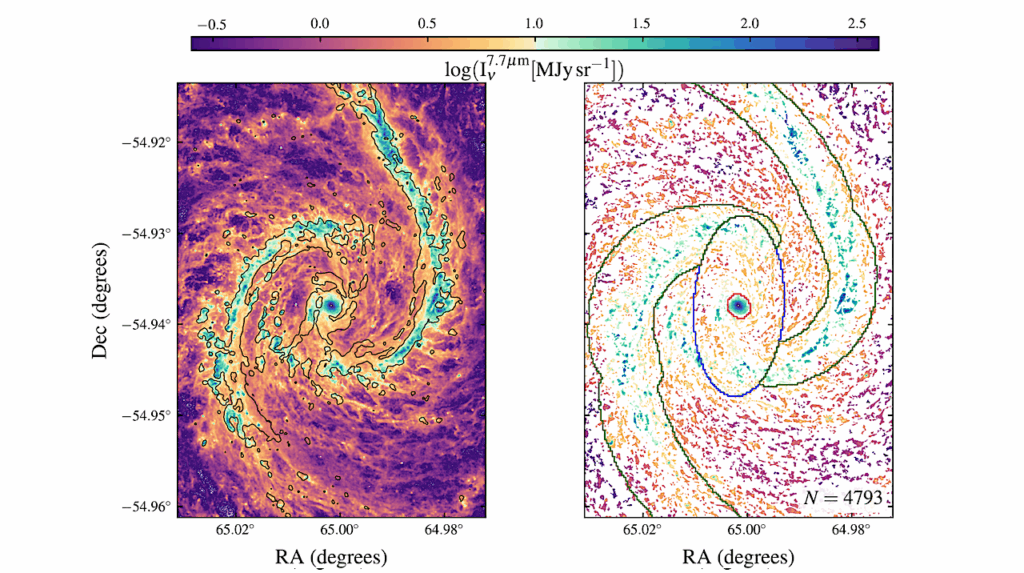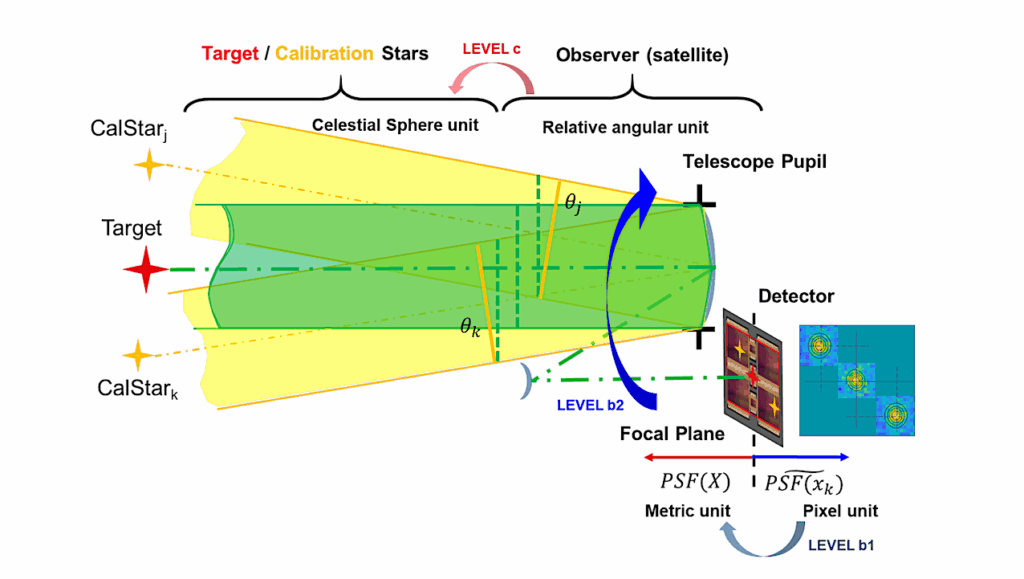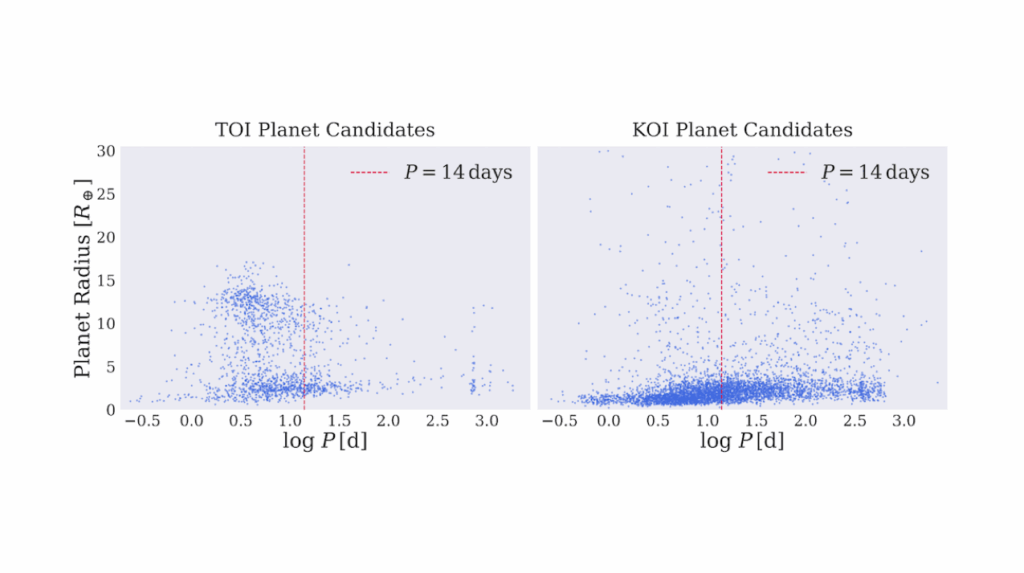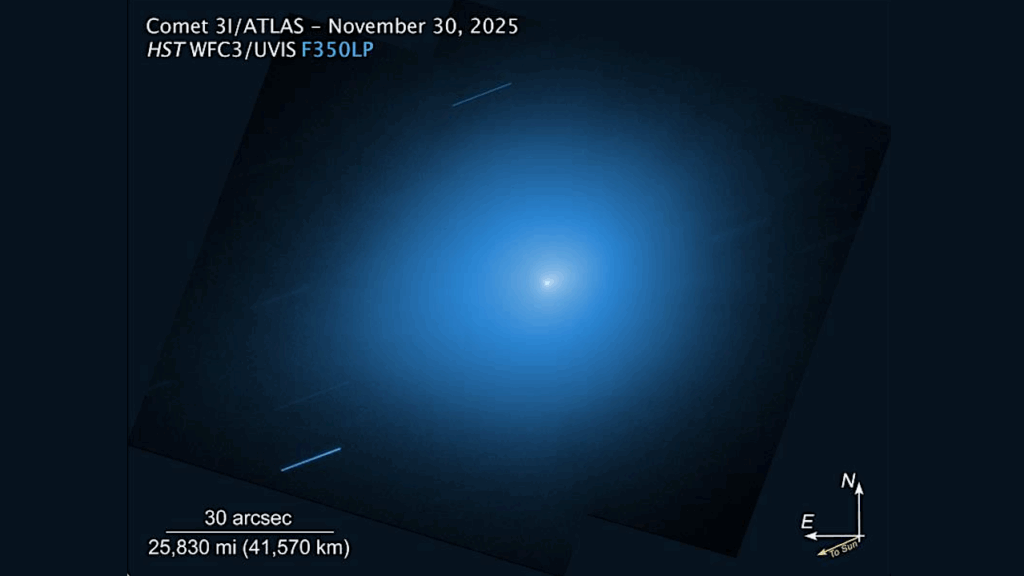New Mass and Radius Constraints On The LHS 1140 Planets — LHS 1140 b Is Either A Temperate Mini-Neptune Or A Water World
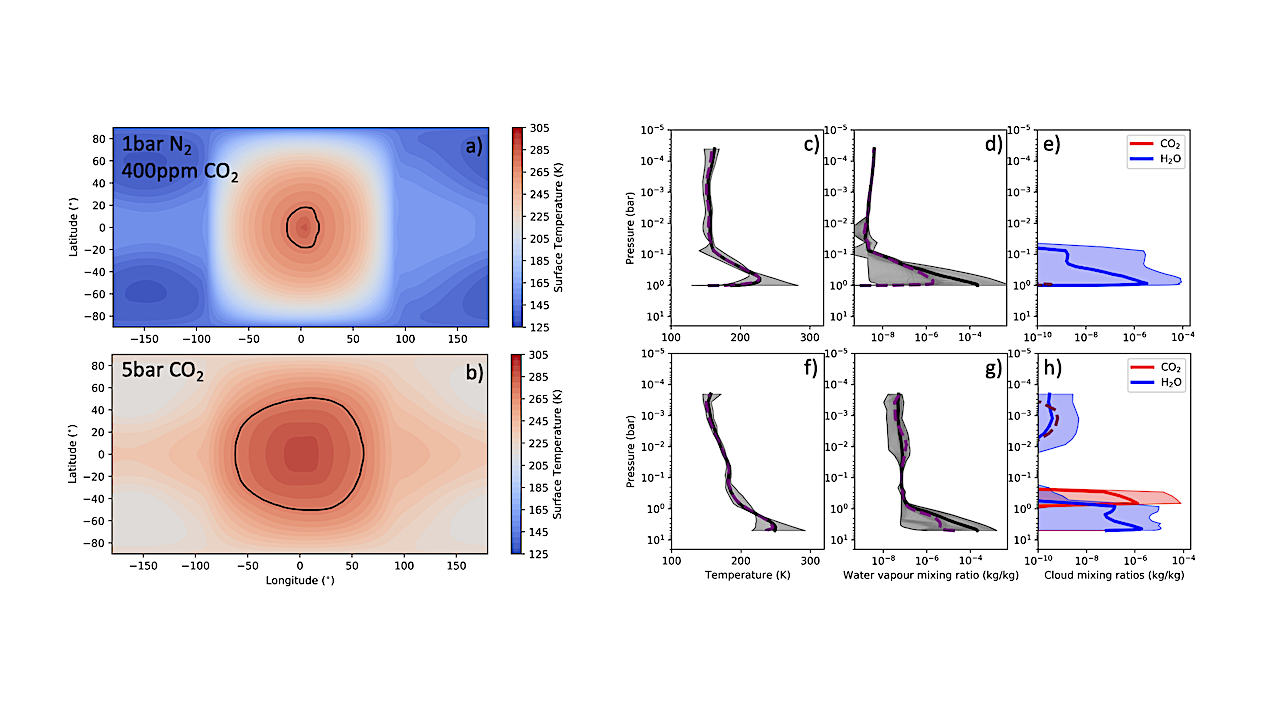
LHS 1140 b and c are two small temperate exoplanets transiting a nearby M4.5 dwarf. The planetary system was observed with multiple facilities since its discovery in 2017, including MEarth, Spitzer, HARPS, ESPRESSO, HST, and TESS, placing strong constraints on the physical parameters of the planets and star.
Here, we reanalyse the publicly available ESPRESSO observations of LHS 1140 with the novel line-by-line framework designed to fully exploit the radial velocity content of a stellar spectrum while being resilient to outlier measurements. This analysis reduces radial velocity uncertainties by 60% compared with published values derived from the cross-correlation function method. This improvement, combined with updated stellar parameters, consolidates our knowledge on the mass of LHS 1140 b (5.60±0.19 M⊕) and LHS 1140 c (1.91±0.06 M⊕) with unprecedented precision (3%).
A joint analysis of transit data obtained with Spitzer, HST, and TESS allows us to refine the planetary radius for b (1.730±0.025 R⊕) and c (1.272±0.026 R⊕). Stellar abundance measurements of refractory elements (Fe, Mg and Si) obtained with NIRPS are used to constrain the internal structure of LHS 1140 b. This habitable zone planet is unlikely to be a rocky super-Earth, but rather a mini-Neptune with a ∼0.1% H/He-rich mass envelope or a water world with a water-mass fraction between 9 and 19% depending on the atmospheric composition and relative abundance of Fe and Mg. Although LHS 1140 c remains consistent with a rocky planet, we detect a 4σ discrepancy in the transit depths measured by Spitzer and TESS. Finally, we find no evidence of the candidate LHS 1140 d and attribute this 80-day signal to stellar activity.
Charles Cadieux, Mykhaylo Plotnykov, René Doyon, Diana Valencia, Farbod Jahandar, Lisa Dang, Martin Turbet, Thomas J. Fauchez, Ryan Cloutier, Collin Cherubim, Étienne Artigau, Neil J. Cook, Billy Edwards, Tim Hallatt, François Bouchy, Romain Allart, Lucile Mignon, Frédérique Baron, Susana C. C. Barros, Björn Benneke, B. L. Canto Martins, Benjamin Charnay, Nicolas B. Cowan, J. R. De Medeiros, Xavier Delfosse, Elisa Delgado-Mena, Xavier Dumusque, David Ehrenreich, Nathan C. Hara, David Lafrenière, Yolanda G. C. Frensch, J. I. González Hernández, Gaspare Lo Curto, Lison Malo, Claudio Melo, Dany Mounzer, Vera Maria Passeger, Francesco Pepe, Anne-Sophie Poulin-Girard, Nuno C. Santos, Danuta Sosnowska, Alejandro Suárez Mascareño, Simon Thibault, Valentina Vaulato, Gregg A. Wade, François Wildi
Comments: 30 pages, 18 figures, submitted to ApJL
Subjects: Earth and Planetary Astrophysics (astro-ph.EP)
Cite as: arXiv:2310.15490 [astro-ph.EP] (or arXiv:2310.15490v1 [astro-ph.EP] for this version)
Submission history
From: Charles Cadieux
[v1] Tue, 24 Oct 2023 03:37:43 UTC (7,263 KB)
https://arxiv.org/abs/2310.15490
Astrobiology


